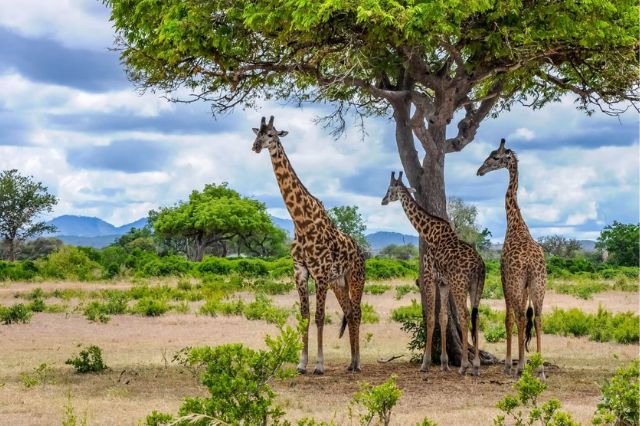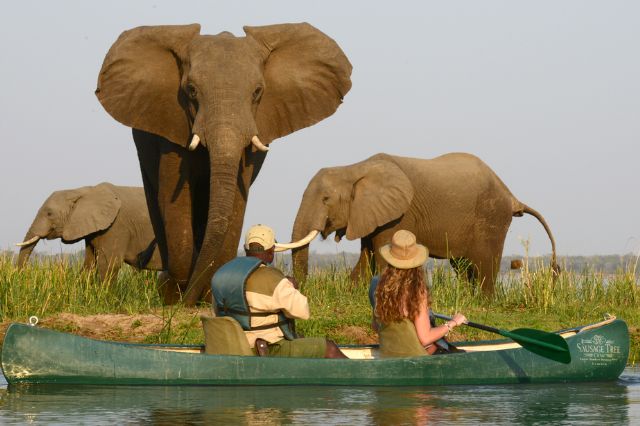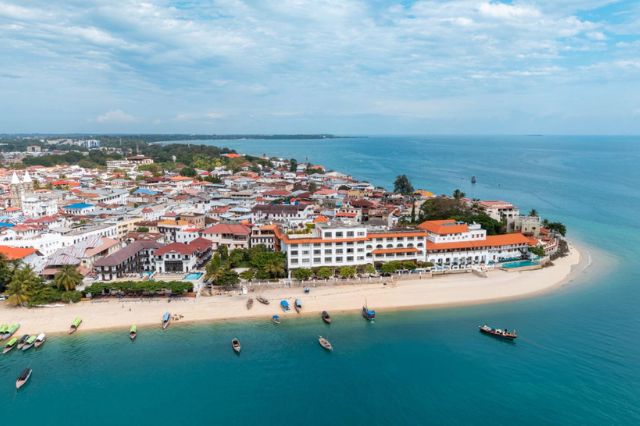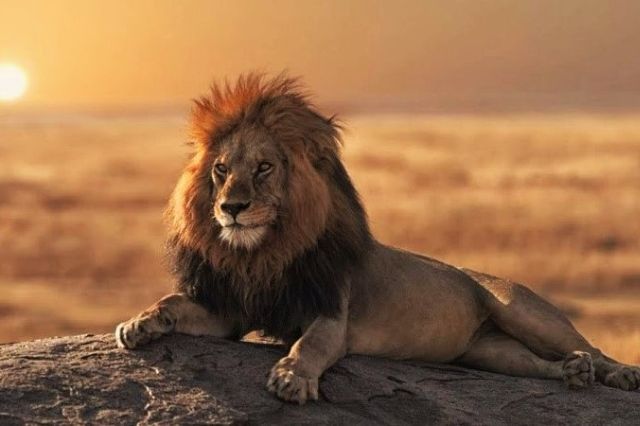Lake Manyara National Park
What to Expect at Lake Manyara National Park
Visitors can also enjoy unique activities such as canoeing on the lake (when water levels allow) and guided walking safaris for a closer encounter with nature. Cultural experiences with nearby communities add another dimension to your visit, offering insights into local traditions and lifestyles. Whether you visit during the dry season for incredible game viewing or the wet season for lush scenery and birdwatching, Lake Manyara promises a memorable and diverse adventure.
Lake Manyara National Park is a year-round destination, but the best time to visit depends on what you want to experience:
Dry Season (June to October): This is the prime time for wildlife viewing. The park’s vegetation thins out, and animals gather around the lake and water sources, making it easier to spot them. Elephant herds, along with tree-climbing lions, are particularly active during this season. The clear skies and pleasant temperatures also make it ideal for game drives and spotting large numbers of animals.
Wet Season (November to May): The wet season transforms the park with lush greenery and vibrant landscapes. While some areas may become muddy, this period is perfect for birdwatching as migratory species flock to the park. Although wildlife sightings may be less frequent, the fewer crowds and beautiful scenery make it a great time for photographers and those seeking a more peaceful safari experience.
Both seasons offer unique experiences, so your choice depends on your preferences for wildlife sightings and the landscape atmosphere you’d like to enjoy.
Beyond its remarkable wildlife, Lake Manyara offers a quieter and more intimate safari experience compared to other major parks. With fewer crowds, visitors can enjoy a serene environment and personalized attention from guides. The park also provides unique activities such as canoeing on the lake (when water levels permit) and guided walking safaris, allowing for diverse and enriching experiences. Cultural interactions with local communities further enhance the visit, offering insights into traditional lifestyles and enriching your overall safari adventure.
Game Drives: Embark on thrilling guided game drives through diverse ecosystems, from lush forests to open savannahs. Spot large herds of elephants, elusive leopards, and unique wildlife like the famous tree-climbing lions. Morning and late afternoon drives offer the best chances for active wildlife sightings.
Birdwatching: Lake Manyara is a birdwatcher’s paradise. Over 400 bird species can be observed here, including vibrant flamingos that gather along the lake’s shores, pelicans, and numerous migratory species. Bring binoculars to spot raptors like the African fish eagle and various storks and herons throughout the park.
Canoeing: Enjoy a peaceful canoeing experience on Lake Manyara (when water levels allow), where you can glide quietly over the water and spot hippos and birds in their natural habitat. Guided canoe trips provide a unique perspective and a chance to observe wildlife without disturbing them.
Walking Safaris: Experience the park on foot with guided walking safaris. Accompanied by knowledgeable guides, you’ll learn about the smaller details of the ecosystem, including tracks, plants, and insects, while enjoying the sights and sounds of nature up close.
Cultural Visits: Take part in cultural experiences with local communities, such as the Maasai and Barabaig. These interactions offer insights into traditional lifestyles, customs, and the significance of wildlife conservation in their culture. This is a great opportunity to support local artisans and craftspeople.
Scenic Viewpoints: Hike to some of the park’s stunning viewpoints, such as the escarpment overlooking the Great Rift Valley. These spots provide breathtaking panoramas of the park and its unique landscapes, ideal for photography or simply enjoying a moment of tranquility surrounded by nature.
Kirurumu Manyara Lodge
Escarpment Luxury Lodge
Maramboi Tented Lodge
Ready to Begin Your Tanzanian Adventure?
Exclusive Lake Manyara National Park Adventure Itinerary Request
Popular questions about Lake Manyara National Park
What wildlife can I expect to see in Lake Manyara National Park?
Lake Manyara National Park is home to a diverse range of wildlife, including large herds of elephants, tree-climbing lions, giraffes, zebras, and a variety of antelope species. Birdwatchers will enjoy spotting over 400 species, including flamingos, pelicans, and numerous migratory birds, especially during the wet season.
What is the best time to visit Lake Manyara National Park?
The best time to visit Lake Manyara is during the dry season (June to October) when wildlife congregates around water sources, making game viewing easier. However, the wet season (November to May) offers lush scenery and excellent birdwatching opportunities, as migratory species arrive and the park becomes less crowded.
What activities are available at Lake Manyara National Park?
Visitors can enjoy various activities, including guided game drives, birdwatching, canoeing (when water levels permit), and walking safaris. Cultural visits to nearby communities provide additional insights into local traditions and lifestyles, enriching the overall safari experience.






